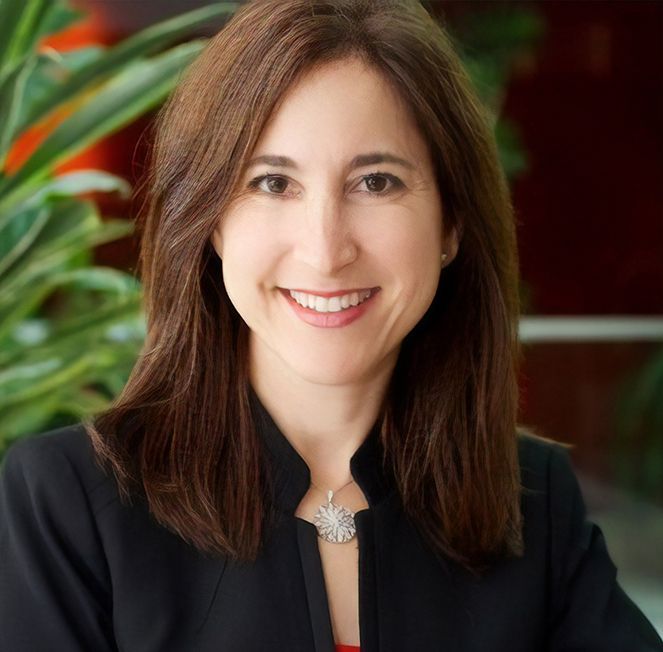Ensuring that patients like your practice and keep coming back is a matter of good planning, constant feedback and flawless execution. Here’s how to do it.
By Stacy Sherman
 IMAGINE YOU’VE BOOKED a dentist appointment—crazy, I know, but bear with me here—and upon your arrival at the doctor’s office you learn that there has been a scheduling mistake. Frustrated, you leave, returning later at the new date and time. When you get there, the front-office staff doesn’t greet you. The reception area is uncomfortably chilly. Eventually, the administrator asks your name and says the dentist will be with you in a few minutes. A half-hour later, you’re still close to shivering in the waiting room.
IMAGINE YOU’VE BOOKED a dentist appointment—crazy, I know, but bear with me here—and upon your arrival at the doctor’s office you learn that there has been a scheduling mistake. Frustrated, you leave, returning later at the new date and time. When you get there, the front-office staff doesn’t greet you. The reception area is uncomfortably chilly. Eventually, the administrator asks your name and says the dentist will be with you in a few minutes. A half-hour later, you’re still close to shivering in the waiting room.
At last the hygienist calls you in and cleans your teeth; the dentist’s examination follows. All goes as expected, and you agree with the dentist to return in two weeks for a procedure. Preparing to leave, you approach the front desk to arrange the follow-up. You’re informed that there are no available appointments for more than two months. It becomes painfully clear that the dentist and her office staff haven’t communicated with one another, and you’re left running in circles.
This is, in fact, a true story of the patient experience of a friend of mine, whose dental saga was so aggravating that she ended up making a permanent switch to another dentist altogether for herself and her family. The whole thing was unfortunate; she genuinely liked the first dentist for a host of reasons. But dentistry is like any other industry: Consumers buy products and services based on how they feel, or how they’re made to feel. The decision goes far beyond the mere price factor.
What can dentists and other service providers do to attract patients and keep them from going to a competitor? How can they ensure a satisfying experience that leads patients to praise, not complain, on social media? Three vital best practices tell the tale.
1. Design an ideal patient experience through “journey mapping.” Write down the ways in which patients can learn about your practice, schedule appointments, get service, pay their bills, receive help whenever they need it and more. Describe every interaction patients have before arrival, when they’re on site and after they leave. Include key details—the reception-area atmosphere, for instance (watch that thermostat!), and how patients get notified of upcoming appointments. When you create this journey map, involve everyone in your office; that way they’ll be able to walk the proverbial mile in the patient’s shoes and be mindful of delivering excellence every day.
2. Get—and apply—patient feedback. Validate that journey map with your actual patients to ensure that it does a good job meeting their needs. If you offer an online portal, for example, ask people to rate it: Is it easy or difficult to use, and why? Apply this test at every incidence of patient interaction—otherwise known as “moments of truth” in the customer’s journey—so you can identify pain points and improve patients’ overall experience.
3. Train and empower your team to do what’s right even when the boss isn’t looking. Hold everyone accountable to deliver great experiences regardless of their job title or office responsibilities. Use patient-survey feedback for coaching opportunities. Discuss as a group what customers are saying, and solve problems together. Likewise, celebrate great performance, especially if a patient mentions a staffer or two by name. When your team is valued and appreciated, your patients will see and feel it too.
Yes, a dentist’s expertise, training, personality and cost all matter. But as my friend’s frustrating experience exemplified, many additional factors affect patients’ decisions about whether to come back or recommend you to others. Focus on their entire holistic experience and measure their satisfaction at every point: It’s within your control to differentiate your practice and keep patients smiling.
STACY SHERMAN, a Certified Customer Experience and Employee Engagement expert, is a keynote speaker, author, mentor and the founder of DoingCXRight.com, where you can learn more about increasing employee engagement and patient loyalty.



